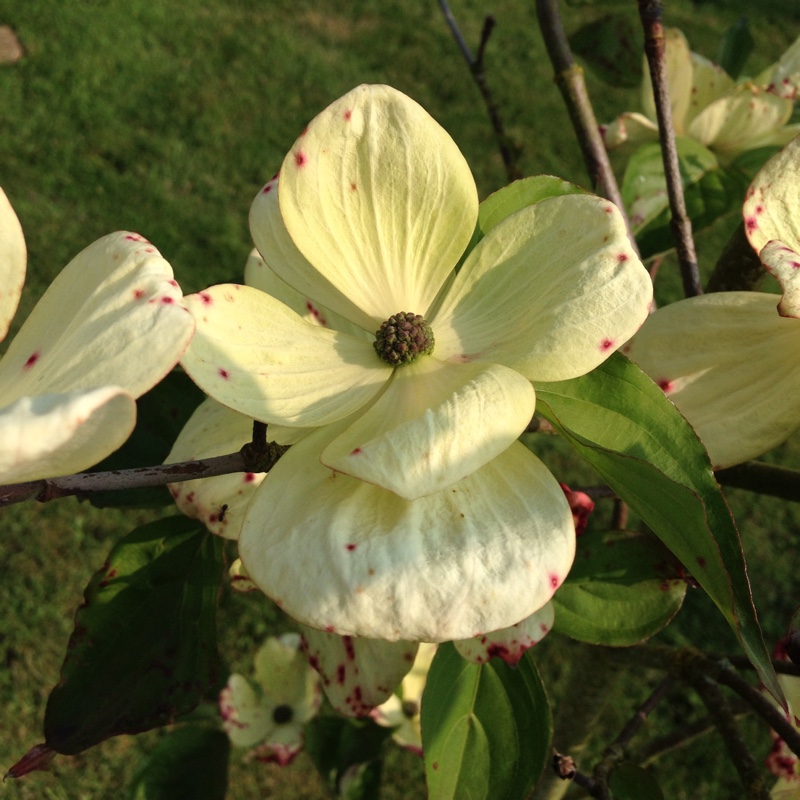
Cornus kousa 'Venus'
Flowering Dogwood
Cornus is commonly known as dogwood, the varieties of which can be distinguished by their blossoms, berries, and bark. They are deciduous trees or shrubs, but a few species are perennial sub-shrubs, and some of the woody types are evergreen. Several varieties produce inconspicuous flowers. 'Venus' is a beautiful small tree that is very tough with creamy white bracts, which appear for several weeks from mid to late spring.
Contributed by @robllandaff
-
Full sun to partial shade
-
Occasional watering
-
Full Frost Hardy: 5F (-15°C)
-
Moist and free draining
Common name
Flowering Dogwood
Latin name
Cornus kousa 'Venus'
type
Trees or Shrubs
family
Cornaceae
ph
5.0 - 8.0 Acid - Neutral
Plant & bloom calendar
-
Best time to plant
full grown dimensions
 4.00 M
5.00 M
4.00 M
5.00 M
Cornus kousa 'Venus'
Cornus is commonly known as dogwood, the varieties of which can be distinguished by their blossoms, berries, and bark. They are deciduous trees or shrubs, but a few species are perennial sub-shrubs, and some of the woody types are evergreen. Several varieties produce inconspicuous flowers. 'Venus' is a beautiful small tree that is very tough with creamy white bracts, which appear for several weeks from mid to late spring.
Planting
From Late Winter TO Early Spring
Shrubby dogwoods grown for their winter stem colour (Cornus alba, C. sericea and C. sanguinea cvs.) are unfussy about their soil conditions, but they are able to thrive in damp conditions where other shrubs might fail. C. controversa (the wedding cake tree), C. alternifolia (the pagoda dogwood), C. mas (the cornelian cherry) and C. officinalis are also tolerant of a range of soil conditions. Flowering dogwoods Cornus florida, C. kousa, C. capitata and C. nuttallii do best in well-drained but fertile soil that is rich in organic matter and neutral to acid in pH. C. kousa (from Korea and Japan), is more tolerant of neutral to alkaline conditions than are the North American species C. florida and C. nuttallii. All Cornus species will tolerate full sun or partial shade, but those grown for their winter stem colour show better colour when grown in full sun.
Propagation
From Mid Spring TO Early Summer
Species plants can be propagated from seed, but named cultivars will not come true to type from seed and are better propagated from hardwood or greenwood cuttings. Variegated cultivars of C. controversa (the wedding cake tree) and C. alternifolia (the pagoda dogwood) are usually grafted commercially in winter, but may also be propagated at home from cuttings.











